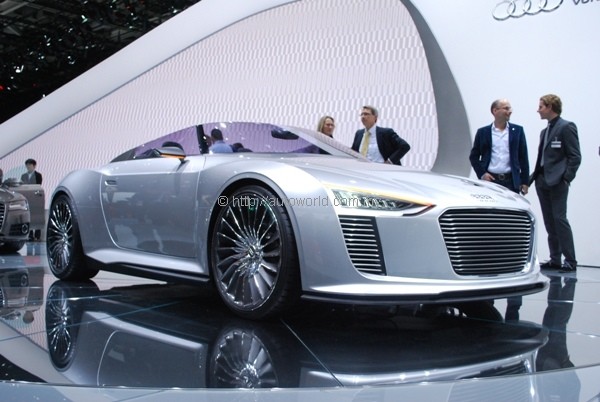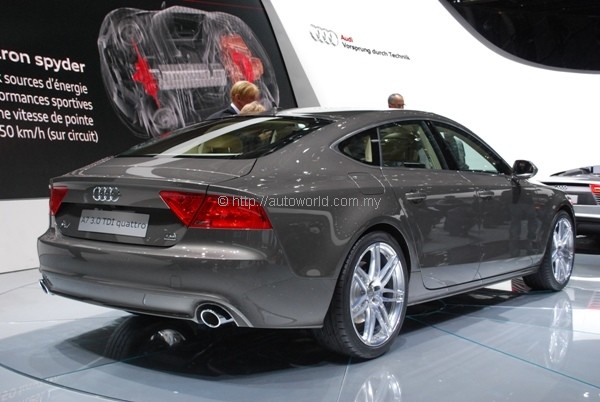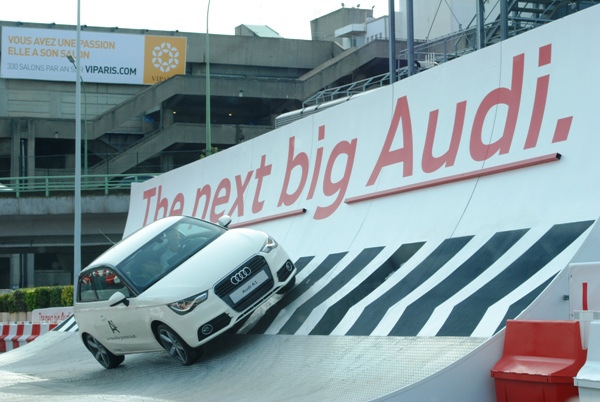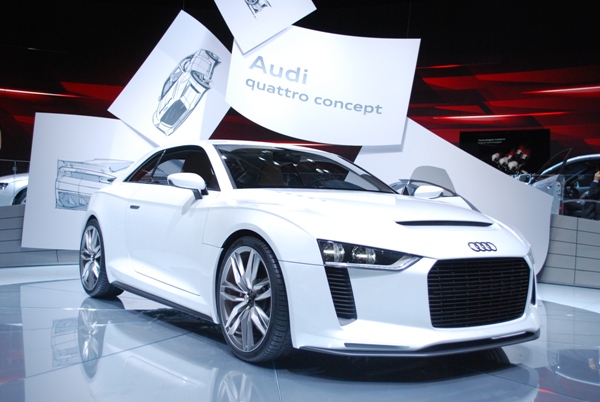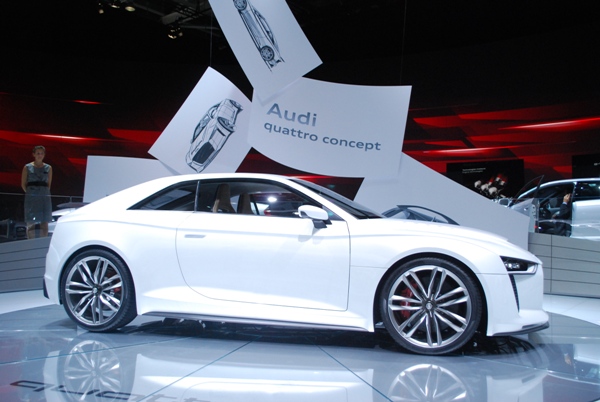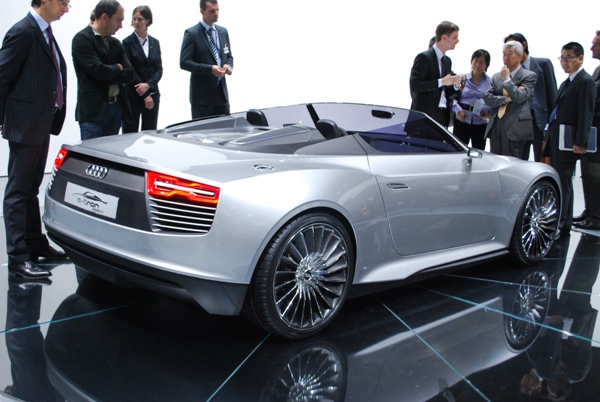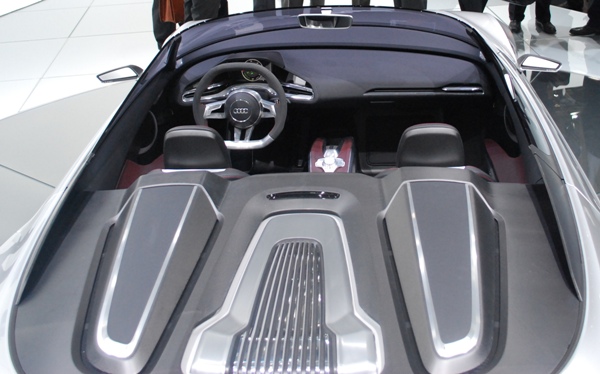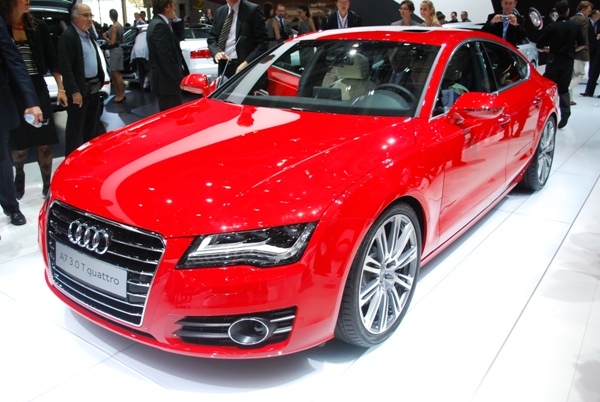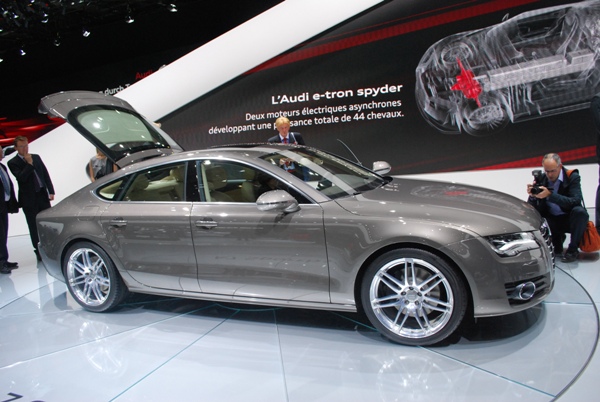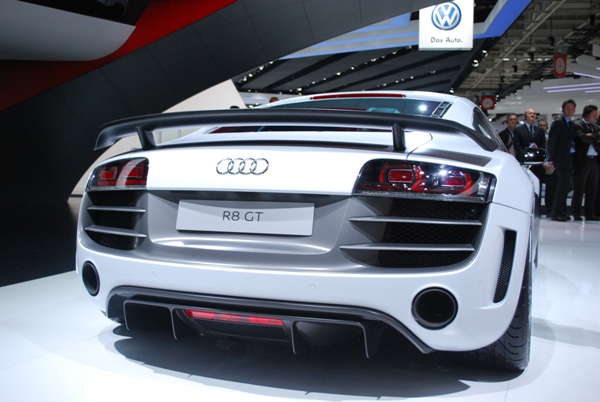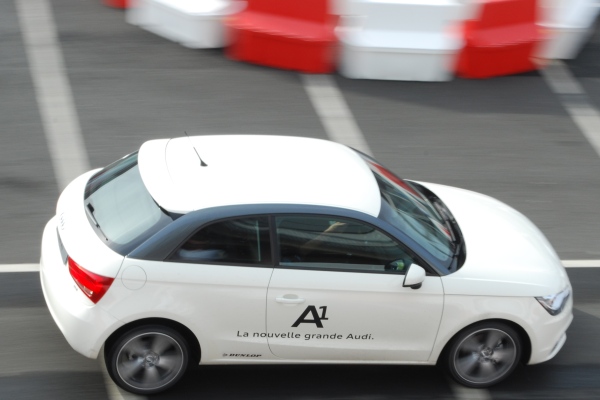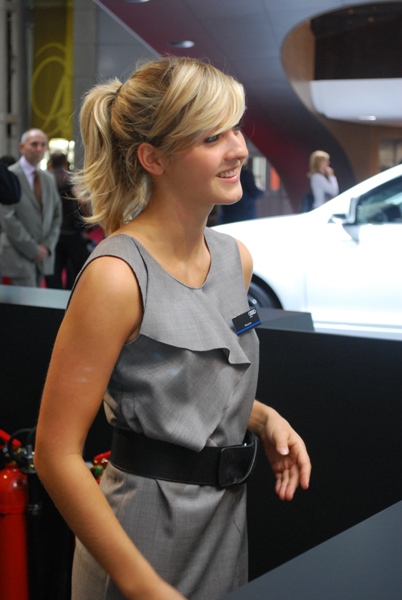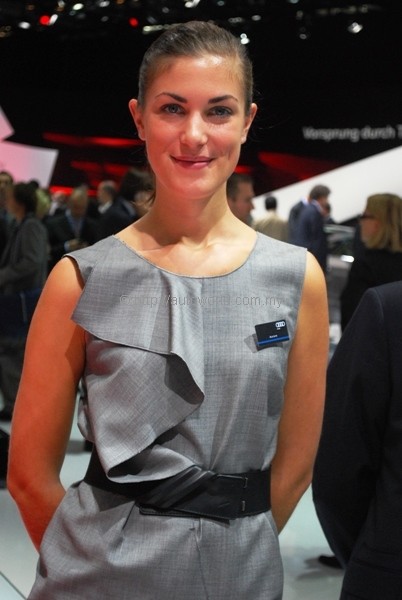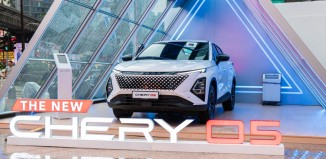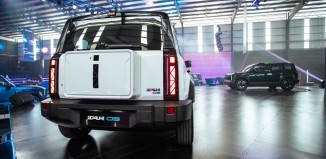Ur-Quattro returns in Paris
These days, the thought of turbocharged four-wheel drive production rally cars inevitably brings up images of the Subaru Impreza or Mitsubishi Lancer Evolution in our minds. However, despite its long hiatus from the sport, enthusiasts have never quite forgotten the car that started it all, the Audi Quattro.
In 1980, changes in rallying regulations allowed the use of four-wheel drive systems in competing cars, and Audi took full advantage of that change and introduced the Quattro in the Geneva Motor Show that year. Audi’s gamble reaped immediate dividends as the Quattro became THE car to beat in any terrain – snow, gravel, mud, and tarmac.
Production of the original Quattro (or better known as Ur-Quattro) was discontinued in 1991, but Audi kept its name alive by assigning the quattro (with lower-case ‘q’) suffix to all its subsequent models that featured the firm’s permanent all-wheel drive systems. Thirty years on, Audi is reviving Ur-Quattro’s legend with a new concept model showcased at the ongoing Paris Motor Show 2010.
Re-interpreting Ur-Quattro’s spirit for the 21st century, the new quattro concept fits current components from Ingolstadt’s parts bin in a manner reminiscent of the original. Like how Ur-Quattro was based on the Audi 80 Coupe, the quattro concept sits on a shortened version of the RS 5’s platform.
Like the original, the new concept features a blown five-pot up front aligned north-south. As such, in goes the 2,480cc 20V DOHC from the TT RS to replace the RS 5’s 4.2-litre V8. The engine has been suitably tweaked to make 408 hp @ 5,400 – 6,500rpm and 480Nm @ 1,600 – 5,300 rpm, a significant increase from its original application which made 335hp and 450Nm. Audi claims a staggering 3.9-second century sprint.
A six-speed manual transmission passes the engine’s power on to the quattro all-wheel drive system, which is defaulted to a natural 60% rear-drive bias. At the heart of the quattro system are two self-locking crown gears housed in the centre differential capable varying from 70% front bias all the way to 85% rear bias. The system is able to continuously re-distribute torque between wheels when cornering, allowing for the cancellation of oversteer or understeer effects.
The interior seats only two, and the occupants will be treated to another taste of Ur-Quattroness with a digital instrument panel, originally introduced in the 1983 model year. In fact, the customizable digital instrument screen will also serve as the monitor for the Audi MMI system integrated into the car’s electronics.
Although no concrete plans were mentioned, the amount of technical details provided by Audi on the quattro concept is leading us to take reports by British magazine Autocar of its possible entry into production very seriously.
Not as close to production is the e-tron Spyder, a convertible version of the e-tron concept. It has a 3.0 V6 TDI diesel engine sending 300hp and 650Nm to the rear wheels via a 7-speed DSG. It also allocates some of its juice to recharge the 9.1kWh battery sitting up front to power the pair of 88hp / 352Nm electric motors driving the front wheels. Full electric drive is possible on the e-tron Spyder, with a maximum speed of 60kph and a range of 50km.
Other notable cars on display at Audi’s booth in Paris include the A7 Sportback, which debuted in July this year at Munich. The A7 will be available with four drivetrain options – two petrol and two diesel. Petrol options are between a naturally aspirated 2.8-litre FSI and a turbocharged 3.0-litre TFSI engine rated to produce 201hp and 295hp respectively. A 3.0-litre V6 diesel is offered in two states of tune – 201hp and 241hp.
All variants of the A7 Sportback, except the 201hp 3.0 TDI, is offered with quattro all-wheel drive as standard. The quattro models will get Audi’s 7-speed S-Tronic dual clutch transmission whilst the sole front-wheel drive variant gets the Multitronic CVT.
Two new variants of the R8 are also being shown – the R8 GT, and the R8 Spyder 4.2 FSI quattro. To refresh your mind, the R8 Spyder was only previously available with the 5.2 V10 FSI engine. The R8 Spyder 4.2 carries over the same mechanicals as the R8 Coupe 4.2 and is offered with the option of a conventional manual gearbox or R-tronic automated manual transmission.
The R8 GT features a tweaked version of the 5,204cc V10 engine found in the R8 5.2, now making 35 hp and 10Nm more than the original. All of the engine’s fireworks is delivered at the upper end of the rev range. Peak torque of 540Nm arrives late at 6,500rpm; max power of 560hp comes at 8,000rpm; and the redline rests at 8,700rpm.
The final piece of Audi’s Paris jigsaw is the 1.4-litre TFSI version of the A1 hatch, featuring the VW Group’s EA111 twin charged motor which we recently tested in the Volkswagen Golf 1.4 TSI. Quoted figures for the A1 are a little higher compared to what VW prints for the Golf – 180hp and 250Nm – though it still gets the 7-speed S-Tronic DSG.





